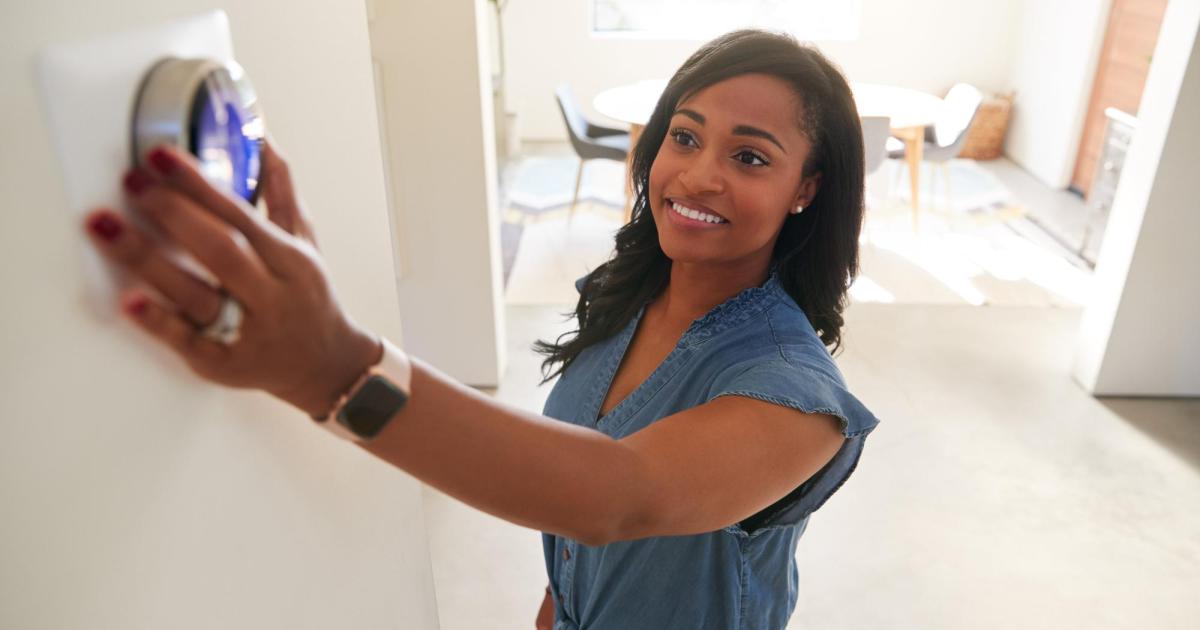As the temperature drops, it takes more energy to heat your home to the same setting. Put simply, the greater the difference between the indoor and outdoor temperatures, the more energy required to keep you comfortable.
Here are a few of our best tips for saving energy during the frosty, winter months.
Cover drafty windows and doors.
Use insulated drapes, shades, or curtains to cover windows. If this does not work, seal them with heavy-duty plastic film. A good rule is that the heat will escape if you see light through cracks in your windows and doors. If you notice light under an outside door, place a blanket or draft stopper at the base of your door to keep the heat inside.
Learn how your furnace works.
A heat pump with emergency (EM) or auxiliary (AUX) heat turned on significantly impacts energy use. The EM or AUX settings bypass your heat pump completely and turn your backup heating system on 100% of the time. While this may be necessary during extreme cold, it’s important to turn on/off emergency heat when it is not needed. Accidentally setting your thermostat to EM HEAT/AUX HEAT mode all the time is a very costly mistake during extremely cold weather. Auxiliary heat consumes electricity at a rate three times greater than standard heat pump usage, leading to much higher energy bills.
Lower your water heater settings.
Experts recommend keeping the water temperature on a warm setting (120 F). If you have a large water heater (50 gallons or more), be aware that it is less efficient and more expensive to run than smaller units. Electric water heaters account for the second-highest energy expense after heating and cooling your home. Lowering the water temperature can make a noticeable difference in your bill.
Check your fireplace.
Be sure to close the fireplace damper when not burning a traditional fireplace. Electric fireplaces are generally more expensive to run than gas fireplaces. Think of your electric fireplace as a giant space heater that requires a lot of energy to heat your home.

